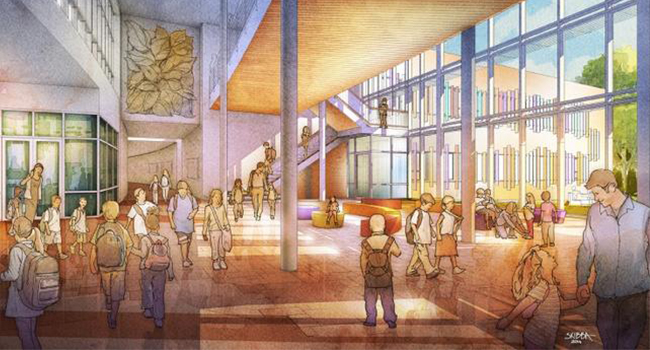
American Institute of Architects Outlines Initiatives in Response to Rise in School Shootings
AIA outlines four paths of action the Institute intends to take to support architects and school communities
- By Sydny Shepard
- August 16, 2018
The American Institute of Architects (AIA) has issued a statement outlining its new initiatives in response to the rise of mass shootings on campuses in the United States. The statement, titled "Where we stand: School design and student safety," outlines four paths of action the Institute intends to take to support architects and school communities.
While not containing a detailed policy to tackle the ongoing crisis, the AIA statement commits to updating school design guidelines, supporting education to achieve safe school design, making safe school design eligible for federal grants and establishing a federal clearinghouse on school design.
As part of the new initiative, the AIA will "lead efforts at the local, state and federal levels of government to update school design guidelines," the statement reads. The initiative asks architects to offer strategies designed to avert or restrict violence, while not compromising on open, positive environments.
"Over the course of two decades, architects have worked with school communities across the country in response to repeated acts of violence targeting students and educators. Architects feel a deep responsibility to contribute to solutions on this troubling issue," the statement reads. "We're committed to working with all concerned stakeholders and every level of government, on both sides of the aisle, to keep our children safe."
About the Author
Sydny Shepard is the Executive Editor of Campus Security & Life Safety.